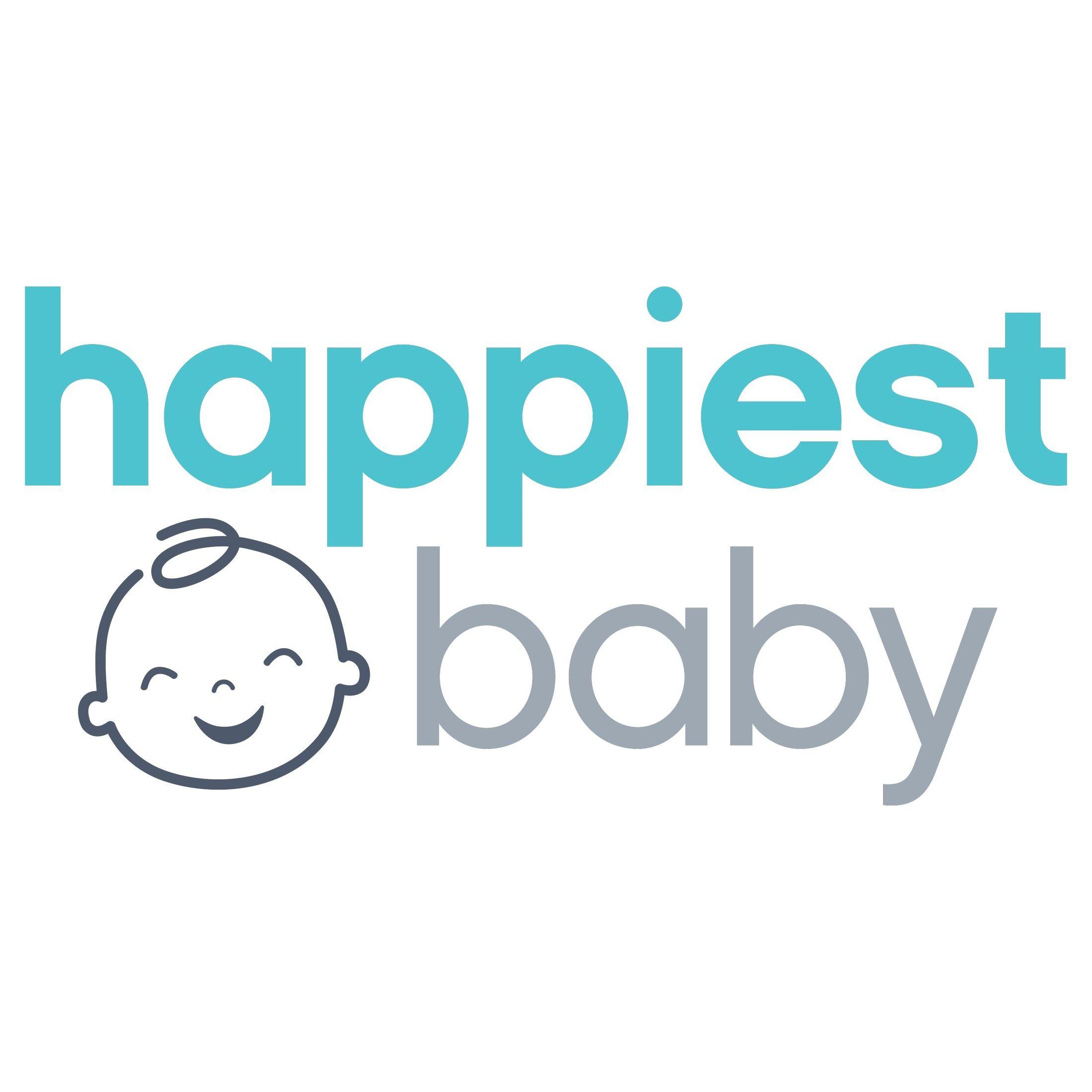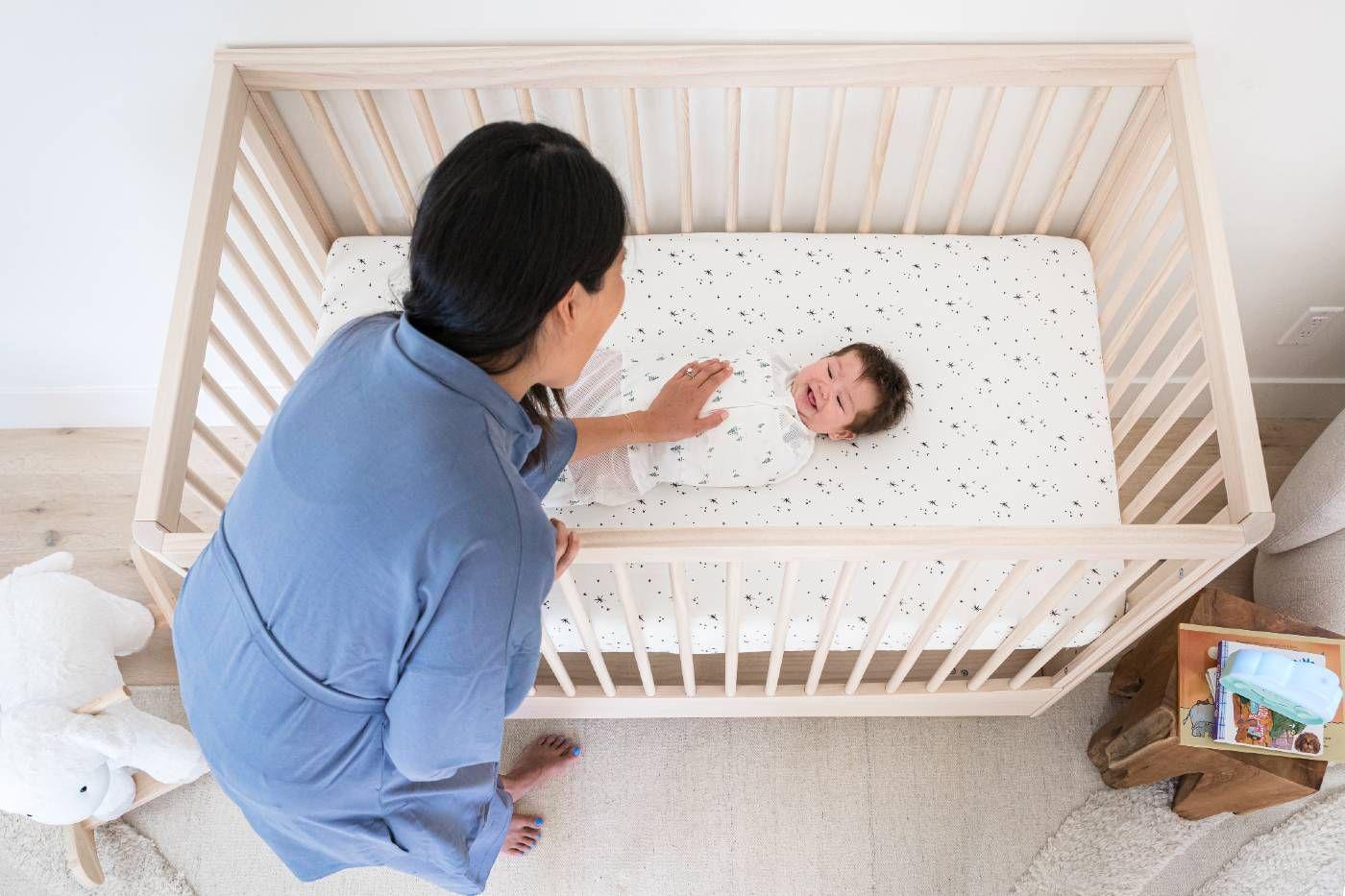BABY
The Best Cot Mattress: What to Look for in a Cot Mattress
Here is how to select a safe and comfy cotC mattress that you and your little one will love.

Written by
Happiest Baby Staff

SHARE THIS ARTICLE
PARENT PICKS
Bestsellers
BABY

Written by
Happiest Baby Staff

SHARE THIS ARTICLE
Bestsellers
Shopping for your own mattress is tough. Will it be too cushy…or not cushy enough? Will the mattress trap heat and leave you sweaty in your sleep? Should you buy a mattress that magically springs into a king-size bed after you liberate it from the box? There are so many factors to consider! But you know what is even trickier than selecting your mattress? Figuring out what kind of cot mattress is best for your baby. Since your bub cannot tell you which mattress they prefer, it is up to you to decide! Actually, scratch that. It is not all on your shoulders. We are here to help with our easy-peasy “how to choose a cot mattress” guide! Here is all you need to know about selecting the perfect cot mattress for your little one.
While you may loathe sleeping on a too-firm mattress, that is exactly what kind of mattress is best for babies. The best cot mattresses do not depress under the weight of your little one’s head or body. That means a memory foam cot mattress—which can create an indent, increasing the chance of suffocation if Baby rolls to their tummy—is a big no-go.
A high-quality breathable cot mattress allows air to freely flow underneath a baby’s back, which draws excess heat away from their body to keep babies cool and comfy all sleep long. The best breathable cot mattresses are made with a ventilated core that promotes airflow. Just know that while breathability is key for cool and comfortable ZZZs, it remains imperative that parents and caregivers always place babies to sleep on their back for their first year and keep their sleep space free of all loose bedding, pillows, and soft toys.
When you are thinking about what kind of cot mattress is best for Baby, it is a good idea to consider what kind of cot mattress is best for your toddler, too. After all, many baby cots can convert into a toddler bed, which means your sweet bub can sleep on the same mattress from infancy all the way through their last day in their toddler bed! If you are looking for a grow-with-me mattress invest in one that is dual-sided, meaning that one side of the cot mattress is super-firm and designed for safe infant sleep, while the flip side is slightly cushier and perfect for toddlers and bigger kids to snooze on comfortably. (These types of baby cot mattresses are also called 2-stage cot mattresses or reversible cot mattresses.)
Not too long ago there was no such thing as a washable cot mattress. You just put a crinkly mattress protector over your baby’s mattress and hoped for the best. No more! Today’s best cot mattresses are washable. A true gamechanger! You can easily clean some with a damp sponge—but others allow you to slide the mattress cover off to toss in the washing machine. And the best washable cot mattresses let you wash not only the cover, but the mattress core as well. That’s especially helpful when baby blowouts, nighttime sickies, and potty training mishaps inevitably occur.
Not all accidents require a full mattress strip-down, from the core to the cover! That is where the built-in waterproof mattress barrier comes in. It is crucial for helping keep your little one’s cot mattress clean and hygienic. Look for a cot mattress that features a waterproof barrier that is also breathable, making cleaning accidents a breeze—without sacrificing your tot’s cooling comfort.
Because nothing disturbs sleep quite like a giant AH-CHOO, it is a good idea to consider a hypoallergenic mattress. The best hypoallergenic cot mattresses free of harsh and irritating chemicals like phthalates, BPA, formaldehyde, VOC, glue, and flame retardants. They should also feature a removable and washable cover to help keep dust mites, mold, bacteria, and other allergens out.
Because babies and even toddlers can get stuck in gaps between a poor fitting cot mattress and the cot sides, it is very important that there is no more than a 20mm gap between the mattress and the cot sides and ends, according to Red Nose Australia. Research out of America has found that 22% of infant deaths and 26% of nonfatal incidents involve issues with the fit of a mattress in the cot or play yard. You know your cot mattress is the perfect fit when you slide it into your baby’s cot and there’s no more than 2cm (20mm) between the mattress and the cot frame.
If you are asking yourself, Are all cot mattresses created equal? you have never hoisted up a hard-to-lift an 11.5-kg mattress during a late-night cot-sheet change! (Never mind dragging that sucker into your living room for family camp-ins in toddlerhood!) Traditional innerspring cot mattresses generally weigh the most.
Another question to consider when pondering what kind of cot mattress is best for Baby: Is my cot mattress free of harmful chemicals? To find out, look at what your cot mattress is made of. You'll want one that is not only a non-toxic cot mattress option, but also an eco-friendly mattress pick, too: You'll know you've scored one if the cot mattress It is made recyclable, food-grade, naturally derived materials—and without phthalates, BPA, formaldehyde, VOC, glue, and flame retardants.
While buying secondhand baby items can be great for the environment and your wallet, it is best to buy your baby’s cot mattress new. A used cot mattress may not meet current safety regulations, it may be less firm, and there is a chance that mildew or bacteria could be festering inside. But buying new and ticking off all the above “cot mattress musts” means next to nothing if you do not ensure your bub’s sleep environment is as safe as can be! That means you need to…
Disclaimer: The information on our site is NOT medical advice for any specific person or condition. It is only meant as general information. If you have any medical questions and concerns about your child or yourself, please contact your health provider. Breastmilk is the best source of nutrition for babies. It is important that, in preparation for and during breastfeeding, mothers eat a healthy, balanced diet. Combined breast- and bottle-feeding in the first weeks of life may reduce the supply of a mother's breastmilk and reversing the decision not to breastfeed is difficult. If you do decide to use infant formula, you should follow instructions carefully.